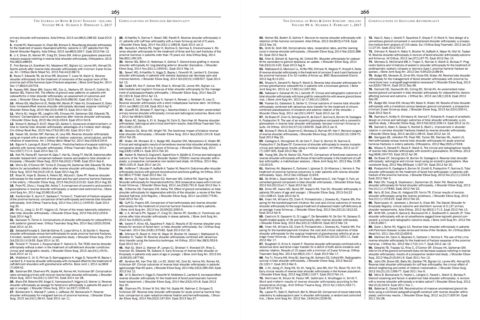Article in the February 2017 issue of The Journal of Bone & Joint Surgery highlights complications associated with reverse shoulder replacement
The article published in The Journal of Bone & Joint Surgery by Bohsali et al entitled “Complications of Shoulder Arthroplasty” reviews the most current literature on shoulder replacement, focusing on complications. Interesting results of the analysis are the relatively high rate and devastating nature of complications associated with reverse shoulder replacement.
Dr. Parsons has provided a copy of the entire article with the most striking findings of the study highlighted. Specifically, fractures occurred around the shoulder at a rate more than 6 times higher in reverse shoulder replacement than conventional anatomic shoulder replacement. Instability of the shoulder occurred at a rate 5 times higher, infection at a rate 6 times higher and nerve injury at a rate twice as high in reverse shoulder replacement.
What these results underscore is the fact that reverse shoulder replacement carries with it relatively high risks of complication and should only be considered a salvage procedure in cases where no other treatment option exists. As it relates to rotator cuff deficiency, given the advent of superior capsule reconstruction as a technique to restore shoulder function while also preserving a patient’s own joint, reverse shoulder replacement should play little role in the management of rotator cuff tears unless there is coexisting and severe arthritis in the shoulder.








